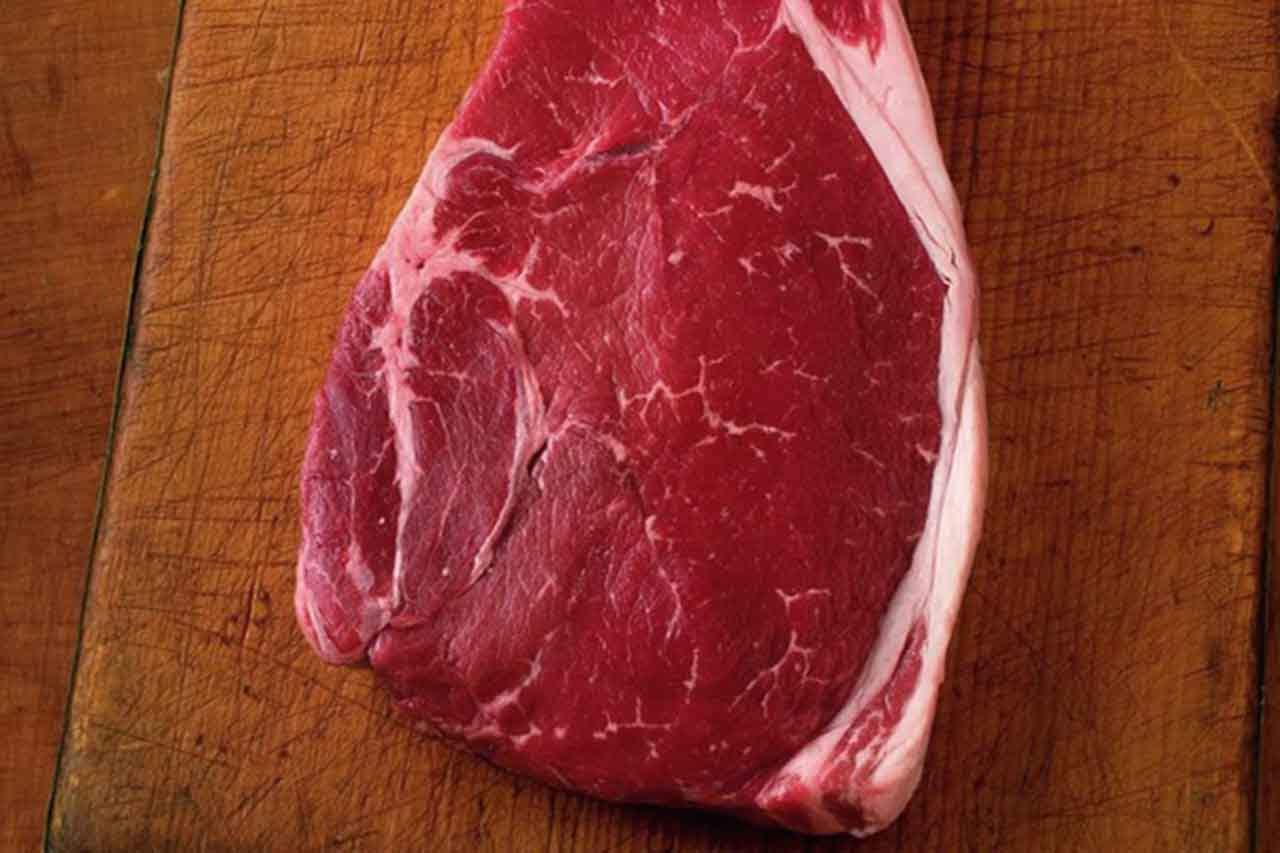Porterhouse
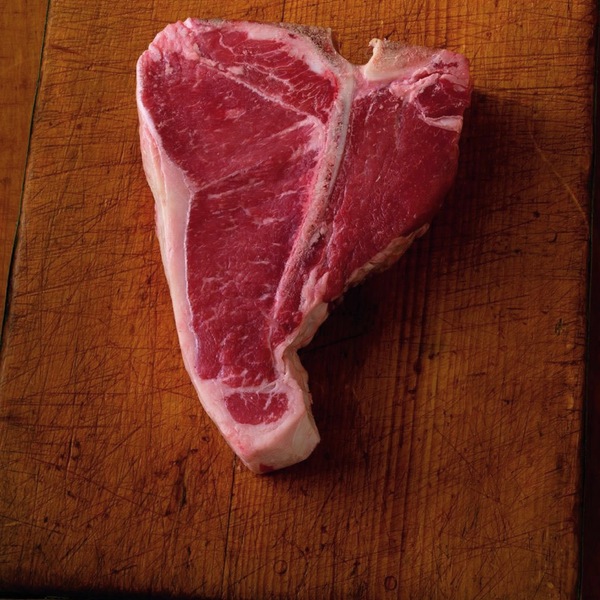
This is the classic steak house steak that features both a strip steak and filet mignon, separated by a bone.
T-Bone
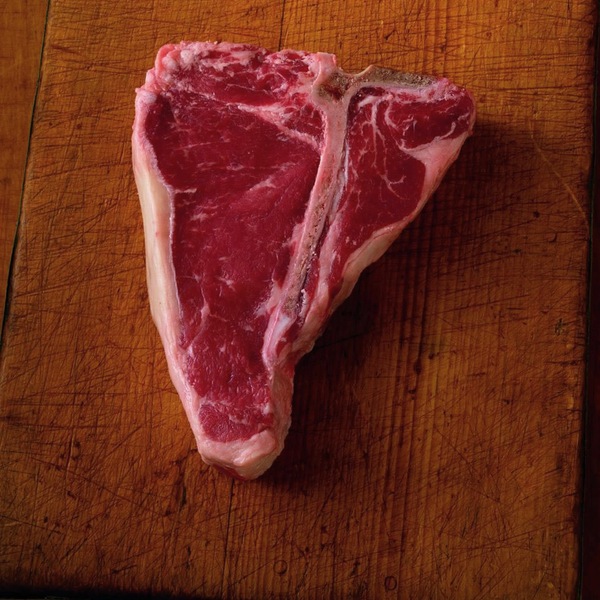
A T-bone is just like a porterhouse except the piece of filet mignon is not as big, because this steak is cut a little farther forward on the animal.
Flat Iron
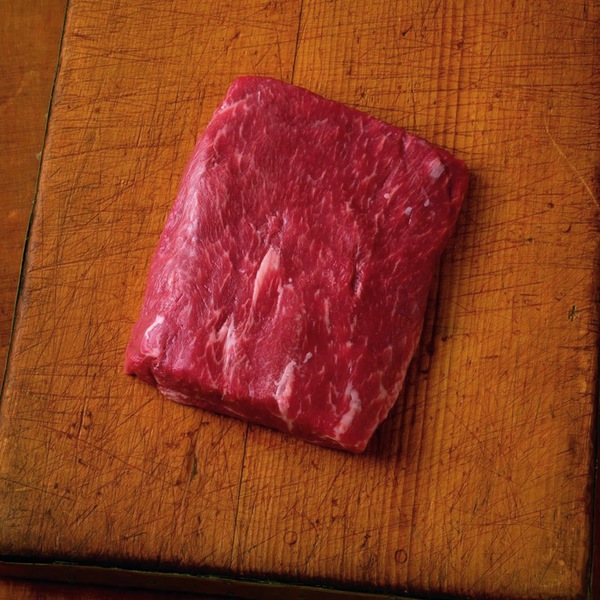
The flat iron is nestled into a tender area of the shoulder, so it’s an exception to the rule that shoulder steaks are always tough. Plus it’s cheap.
Filet Mignon
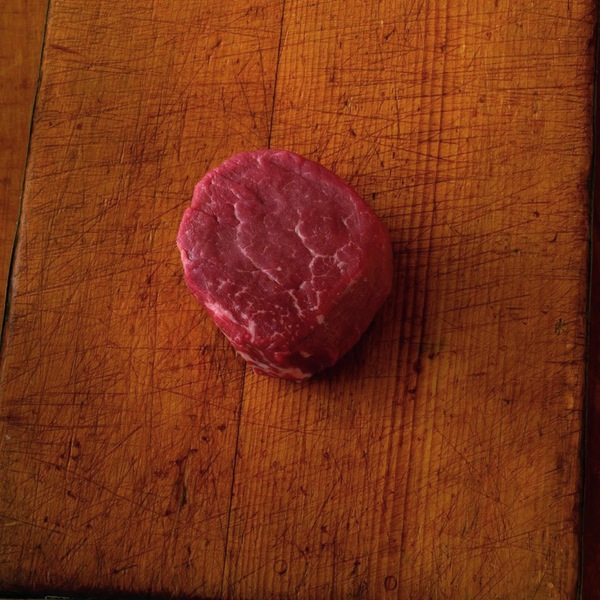
Pricey and velvety soft, filet mignons make a nice splurge for special guests, though it’s really the tenderness you are buying.
Bone-In Rib Eye
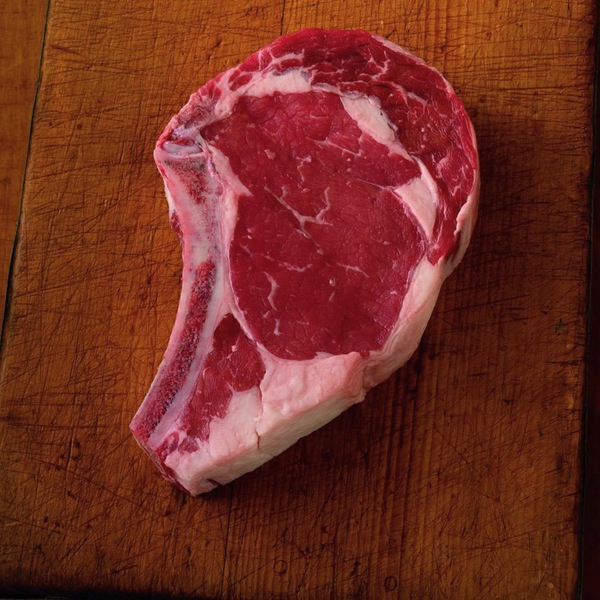
This incredibly tender and succulent steak includes an actual rib, which adds even more flavor.
Strip
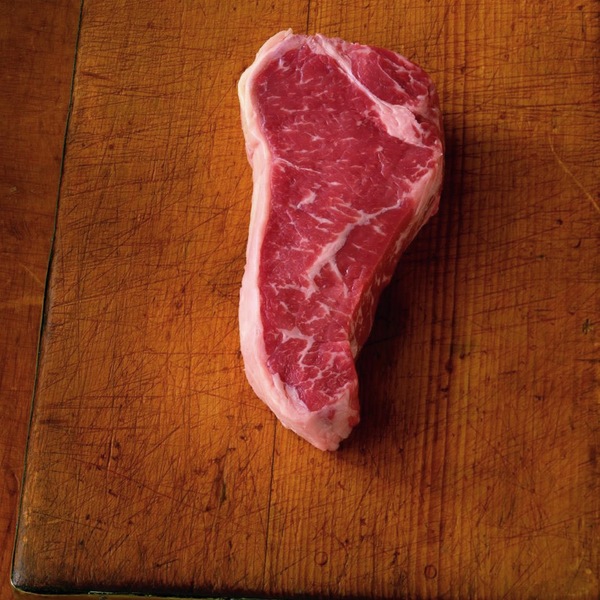
A New York strip is a relatively lean cut with a firmer texture than a rib eye or filet mignon, but the flavor is great.
Rib Eye
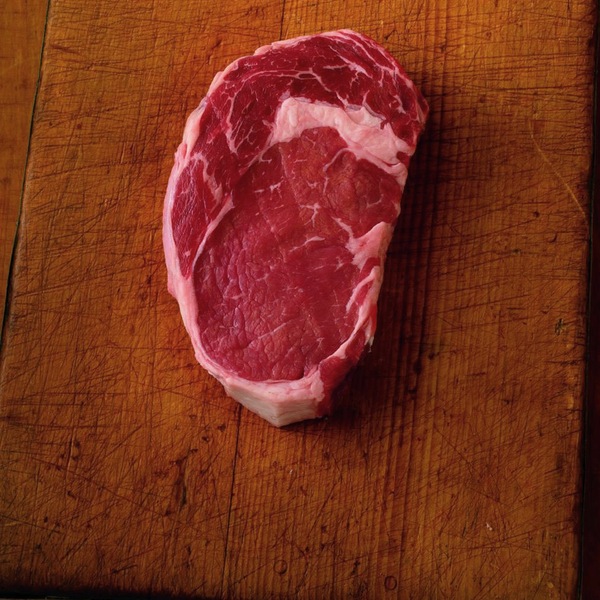
A rib eye steak’s abundant internal fat melting into the meat creates one of the juiciest steak-eating experiences imaginable.
Flank
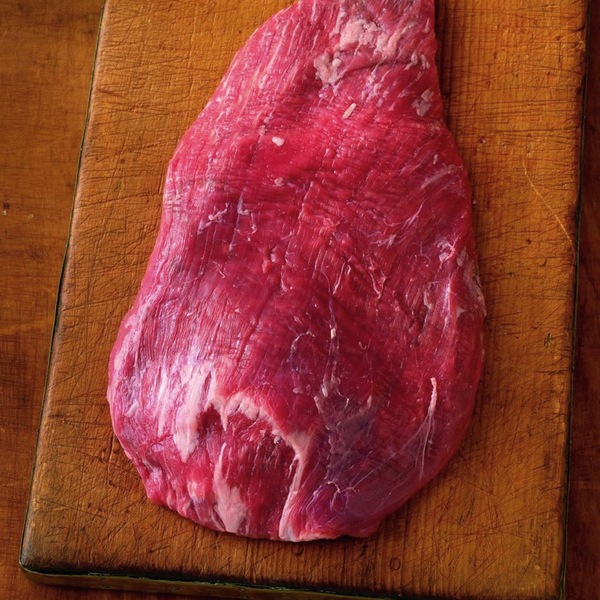
You can quickly spot this steak by its flat oval shape and its long, clearly defined grain. Minimize the chewy effect of the grain by slicing across it.
Hanger
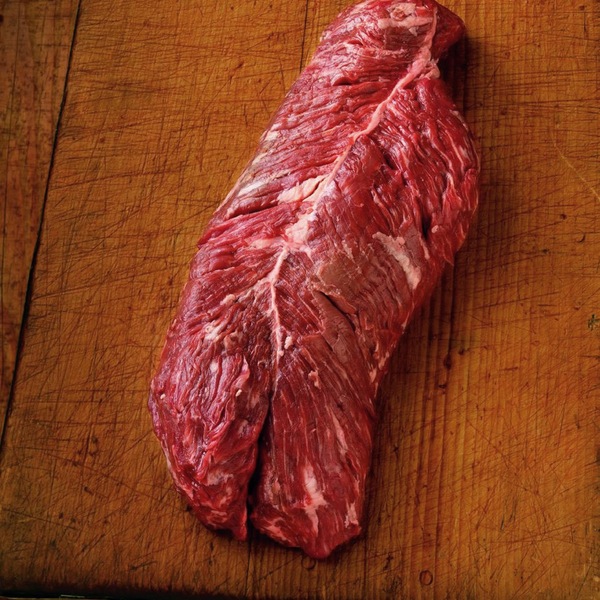
Each animal has only one hanger steak, weighing in at about 2 pounds. The beefy flavor is enormous, but a tendon runs down the center of each one, so cut that out before grilling.
Skirt
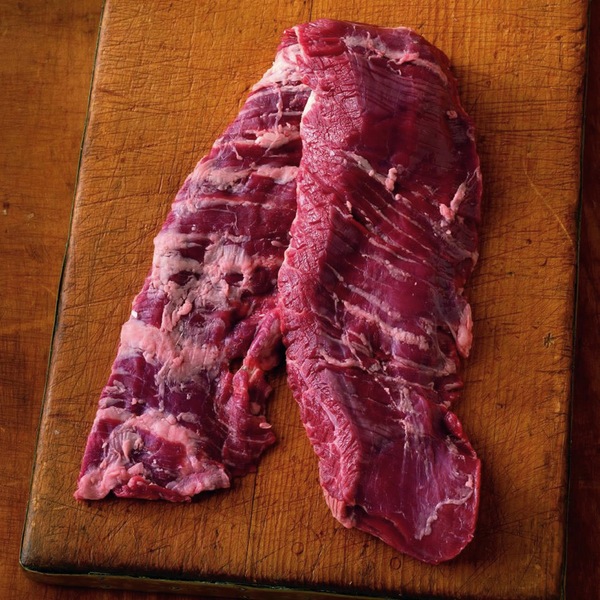
Like the flank steak, the coarsely grained skirt steak is cut from the chest area of the animal, so “chewiness” is an issue, but the taste is fabulous.
Top Sirloin
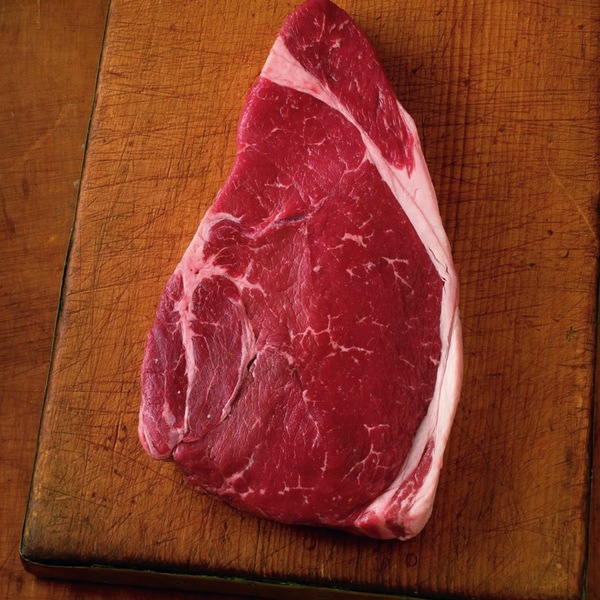
This flat, firmly grained steak brings kabobs quickly to mind because it’s so easy to cut it into solid cubes.
Tri-Trip
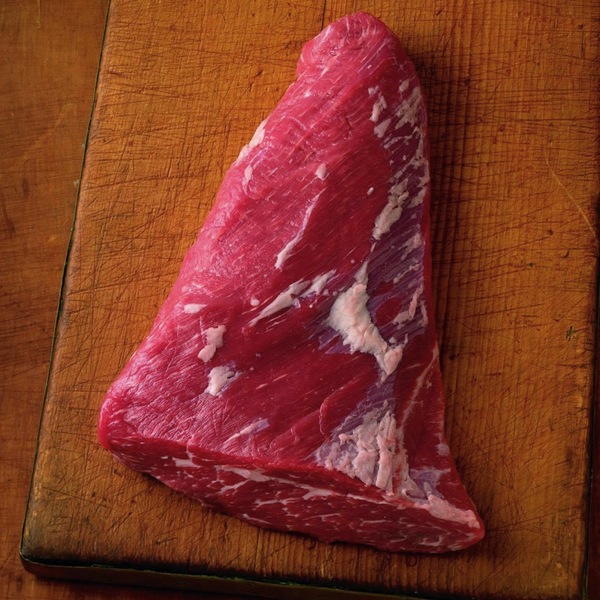
A tri-tip is taken from the sirloin area. It’s not so much a steak as it is a skinny roast, but you can grill it like a thick steak. Just don’t overcook it.

